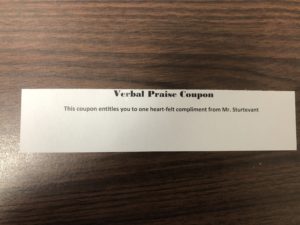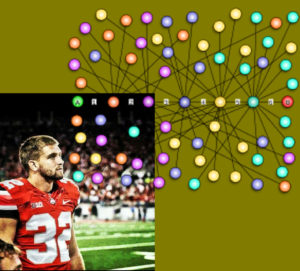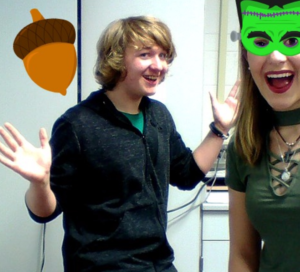April Domine, my former superintendent, once made a power suggestion. She encouraged me to read a book by Daniel H. Pink called A Whole New Mind. It was an amazing recommendation. The crux of the book is that the right side of the brain is going to be the star of the future. The subtext of the title says it all: Moving from the Information Age to the Conceptual Age. As I read this excellent book, I felt Daniel was verbalizing everything I’ve always felt about the learning process. And to top it off, he is a fellow Buckeye!
Daniel devotes an entire chapter to the power of story. In the opening part of the chapter, he refers to earlier parts of the book. One reference is fact-based. He challenges the reader to recall some important specific data point from one of the opening chapters. No doubt, most of the readers struggled to recall a specific statistic…I certainly did. He then asks readers to recall a fascinating comparison between the legendary John Henry, The Steel Driving Man, and Gary Kasperov, the chess champion defeated by the IBM computer in 1997. Both John Henry and Gary Kasperov demonstrated the limitations of even the most skilled and determined human in the face of advancing technology. When Daniel referred to these rich narratives, the feelings I had when I first read them, the moral, and many of the details, immediately surfaced on my hard-drive.
Here is what Daniel Pink has to say:
Our difficulty retrieving that isolated factoid, and our relative ease summoning the sad saga of Gary Kasperov, aren’t signs of flaccid intelligence or impending Alzheimer’s. They merely demonstrate how our minds work. Stories are easier to remember because, in many ways, stories are how we remember.
And here is where my guest Elontra Hall makes a grand entrance. Elontra is from Detroit, but he lives and teaches in the UK. The story about his migration is fascinating and will be explained in this episode. He and I became friends on Twitter and I instantly loved his vibe. I prompted him to be a guest. He agreed as long as he could talk about storytelling. I was totally down with that condition!
Episode Template
The Problem:
Students feel alienated from class content.
The Solution:
Engage kids profoundly through stories.
What You Can Do Tomorrow:
- Consider how you can insert a story into tomorrow’s lesson.
- Challenge students to ignite their storytelling abilities in the quest to peer-teach.
Stories are an awesome way to engage students as they learn.
Listen to “83-A Bard from Detroit Mesmerizes his British Students…Starring Elontra Hall” on Spreaker.















